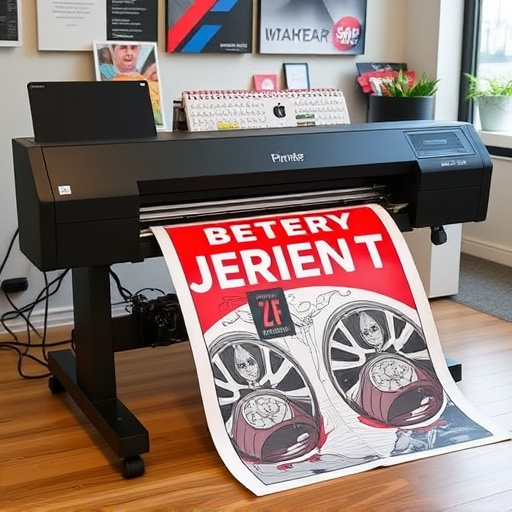In competitive markets, effective pricing strategies require understanding customer behavior and industry trends. Businesses must adapt to high price sensitivity by using tactics like promotions or premium pricing for quality and exclusivity. Monitoring competitors' prices is crucial, especially in sectors with key differentiators like scratch protection. Price adjustments should consider comparable offerings from rivals with lower costs to maintain profitability. A robust competitive pricing strategy involves evaluating competitor strategies, market demand, perceived value, production costs, target audience, and business health. Tactical pricing enhances customer perception of value through promotions, bundle deals, and strategic price reductions during slow periods.
In competitive markets, setting the right price is a delicate dance. This article guides you through the intricate steps, offering insights into understanding market dynamics and making informed pricing decisions. We explore factors that dictate when to raise or lower prices, ensuring your strategies remain effective in a dynamic landscape. From analyzing competitor moves to gauging customer demand, discover the art of competitive pricing that drives success.
- Understanding Market Dynamics for Pricing Decisions
- Factors to Consider When Raising Prices in Competitive Markets
- Strategies for Lowering Prices to Stay Competitive
Understanding Market Dynamics for Pricing Decisions

In competitive markets, understanding market dynamics is crucial for effective pricing decisions. The first step involves analyzing customer behavior and industry trends. In a highly competitive environment, consumers often have numerous options, leading to price sensitivity. Therefore, businesses must stay attuned to shifting demands and be agile in their pricing strategies. For instance, offering promotions or discounts can attract price-conscious buyers, while maintaining premium prices conveys quality and exclusivity.
Additionally, studying competitors’ pricing strategies is essential. In the case of protective coatings and vehicle wraps, where scratch protection is a key selling point, businesses might set higher prices to reflect the added value of these services. However, if competitors are offering similar products at lower costs, adjusting prices accordingly can help maintain market competitiveness while ensuring profitability.
Factors to Consider When Raising Prices in Competitive Markets

When considering raising prices in a competitive market, several factors come into play. Understanding your competition is key; analyze their pricing strategies and offerings to ensure your proposed price change remains competitive yet profitable. Market demand for your product or service is another critical aspect—if there’s high demand, you might be able to command a higher price without losing customers.
Additionally, the perceived value of your goods or services should align with your pricing. Unique features like custom graphics (e.g., vinyl wraps) or specialized services such as paint correction can justify premium pricing. However, ensure that these add-ons genuinely enhance the customer’s experience and offer tangible benefits; otherwise, they might not support a price increase. Other considerations include production or operational costs, target audience, and the overall health of your business in the competitive landscape.
Strategies for Lowering Prices to Stay Competitive

In competitive markets, adjusting prices is a delicate dance. To stay ahead, businesses often employ strategies that focus on enhancing customer perception of value rather than solely on cost. Lowering prices can be a powerful tool to attract customers, but it should be used tactically. For instance, offering promotions or discounts on services like ceramic window tinting or vehicle wraps can make these premium offerings more accessible without compromising quality. By maintaining competitive pricing for these products, businesses ensure they remain viable options in the market while appealing to a broader customer base.
Additionally, bundle deals or package pricing can be effective when combined with services such as window tinting or vehicle wraps. This approach not only attracts price-conscious consumers but also encourages customers to consider additional services they might need, increasing the overall value proposition. Adapting to market trends and understanding customer behavior is key; during periods of slow demand, reducing prices strategically can stimulate interest and sales, ensuring businesses remain competitive in their offerings.
In competitive markets, balancing price adjustments is key to success. By understanding market dynamics and considering various factors, businesses can make informed decisions on whether to raise or lower prices. Raising prices requires a strategic approach to account for competition and customer sensitivity, while lowering prices can help maintain market share and attract new customers. Mastering competitive pricing involves continuous analysis and adaptation to stay ahead in the market.














